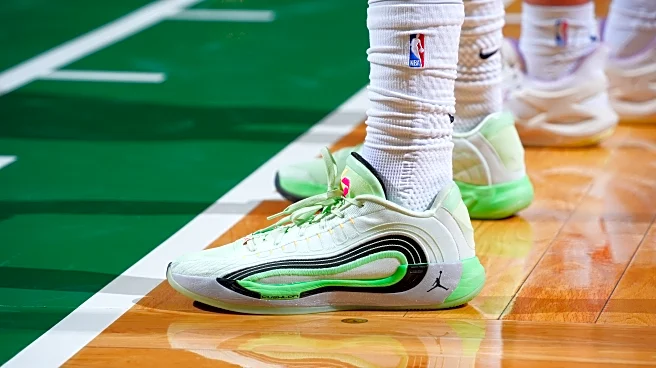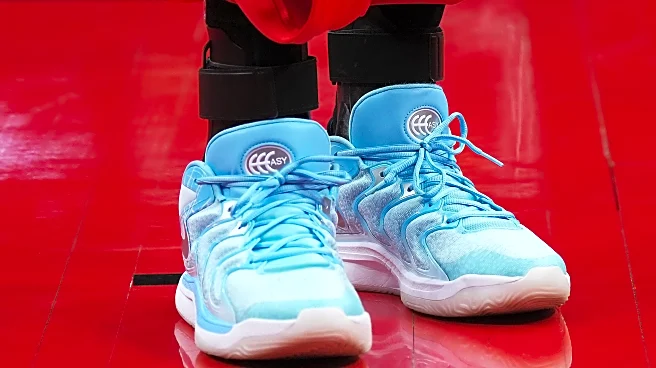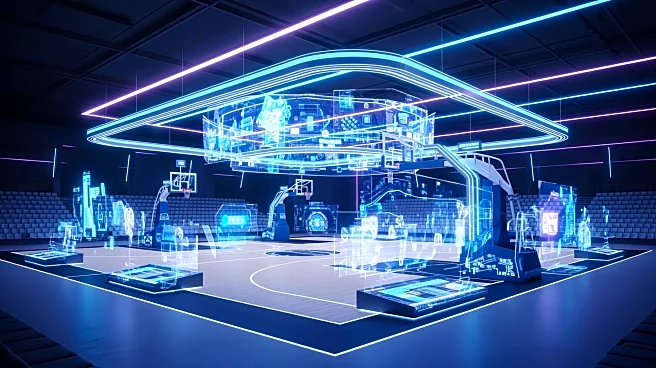What's Happening?
The NBA 2K League has relaunched with a new format that integrates NBA players, creators, and fans, focusing on the community and entertainment aspects of the NBA 2K video game. The season will feature
a mix of online and in-person competitions, along with original programming on social media and YouTube channels. The first tournament will be livestreamed across multiple platforms, including Twitch and TikTok, showcasing teams like the Boston Celtics and Detroit Pistons. This new format aims to blend competitive gaming with engaging content, offering fans a unique experience that combines gameplay with community interaction.
Why It's Important?
The relaunch of the NBA 2K League represents a significant shift in how esports and traditional sports can intersect, providing new opportunities for fan engagement and content creation. By involving NBA players and fans in the league, it enhances the community aspect and broadens the appeal of esports. This approach could lead to increased viewership and participation, driving growth in the esports industry and potentially influencing how other sports leagues incorporate gaming into their fan engagement strategies.
What's Next?
As the NBA 2K League progresses, it will be important to monitor how the integration of players, creators, and fans impacts the league's popularity and engagement levels. The success of this format could encourage other sports leagues to explore similar initiatives, further blurring the lines between traditional sports and esports. Additionally, the league may continue to innovate with new content and competition formats to maintain interest and expand its audience.
Beyond the Headlines
The NBA 2K League's relaunch highlights the growing influence of esports in the sports entertainment industry. It reflects broader trends in digital engagement and the importance of creating interactive experiences for fans. This development also raises questions about the future of sports entertainment and how traditional sports can adapt to changing consumer preferences.













